The Austrians have a word, Gemütlichkeit, that is hard to translate into English. It means comfort, cosiness, belonging, and contentment rolled into one. It’s what happens when you relax and take a moment just to exist.
In Austria, one moment you’re sipping coffee in a grand Viennese café, the next you’re standing on a mountain peak watching clouds drift below your feet. Whether imperial palaces or pristine Alpine lakes are your thing, the best places to visit in Austria blend history and adventure.
So, whether you’re drawn to world-class resorts or Mozart’s birthplace, read on for 7 iconic towns and cities in Austria.
- Waltz through Vienna, Salzburg and the Alps on these Austrian Tours
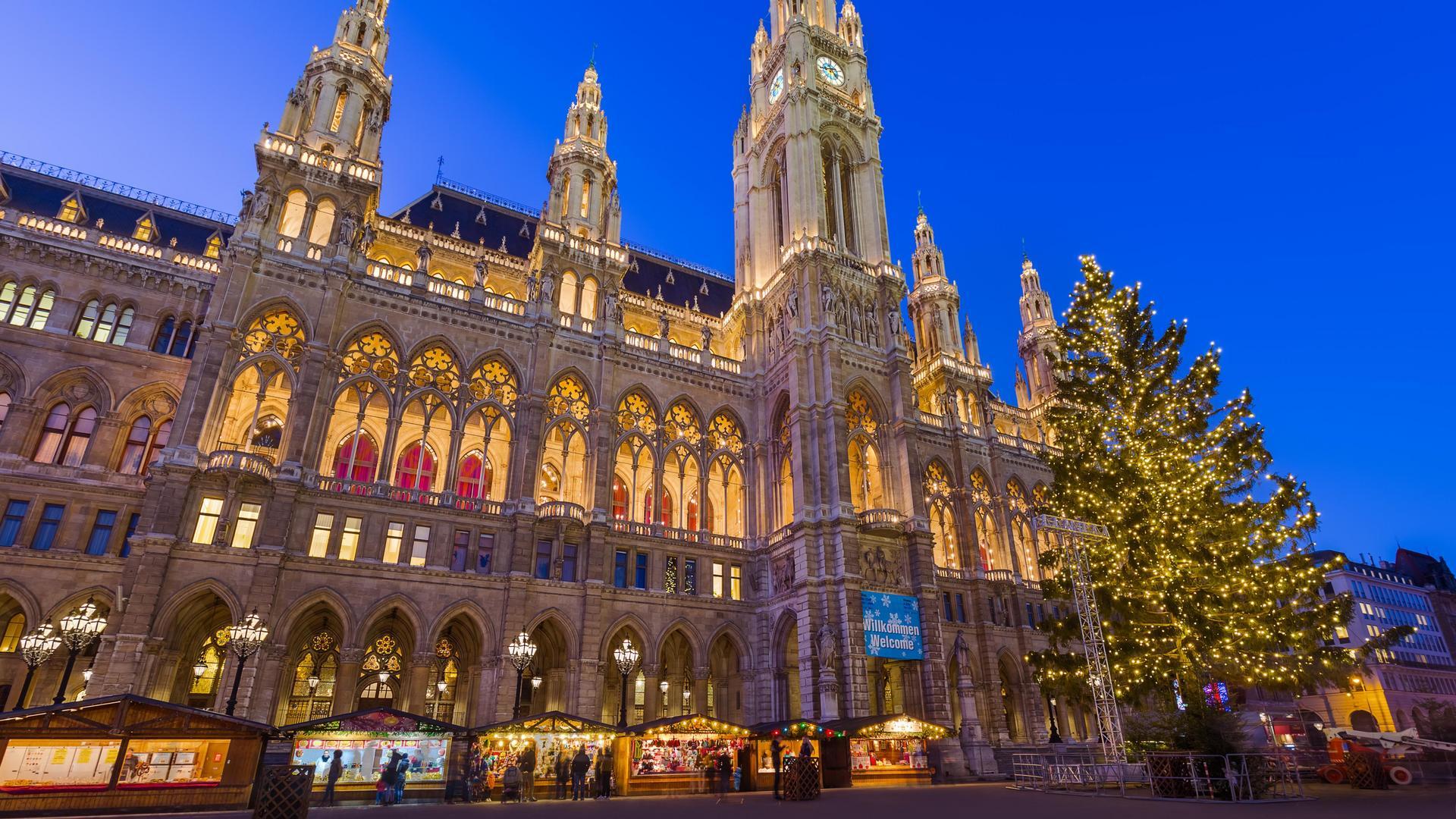
1. Vienna
Vienna doesn't just have history – it lives it. Every cobblestone you walk on, every gilded café ceiling you admire, every note you hear floating from the State Opera tells a story. As the capital and the largest city in Austria, Vienna serves up imperial grandeur in generous portions.
Start your Viennese adventure on the famous Ringstrasse boulevard. You'll love strolling along this tree-lined ring road, which takes you past architectural gems like the neo-Gothic Rathaus and the magnificent Vienna State Opera.
The Hofburg Palace complex sprawls across the city centre, and you could spend days exploring it. You'll find everything – the Spanish Riding School, where you can watch Lipizzaner stallions perform their morning exercises, to imperial apartments dripping with Habsburg excess.
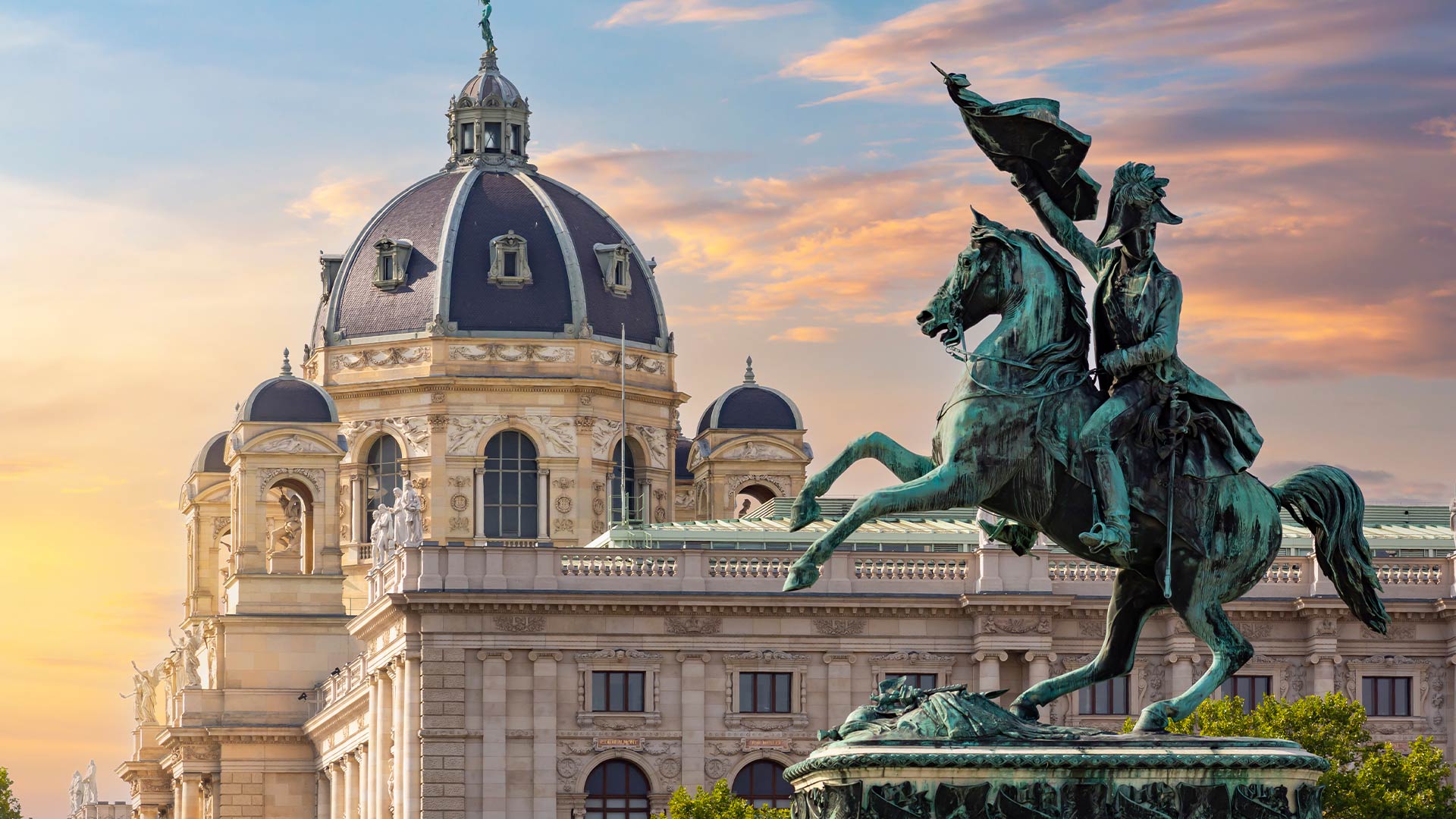
Take a tram to the hills surrounding the city to discover a Heuriger, or “wine tavern”. These traditional venues serve young local wines alongside hearty cold cuts, pickled everything and live folk music. Order a Grüner Veltliner, a popular white wine, and settle in.
For a taste of local life, explore the Naschmarkt. It’s a glorious mess of Turkish kebab stands next to Austrian cheese mongers, Vietnamese pho shops and old ladies haggling over produce. Grab a Käsekrainer, a cheese-filled sausage, from a Würstelstand for the ultimate mid-day snack.
Don’t miss the traditional Viennese coffeehouses – they’re UNESCO-recognised cultural treasures. Café Central, once a historic hub catering to the city’s intellectuals, still looks like Freud might walk in any moment. Order a Melange, Vienna’s version of cappuccino, and a slice of Sachertorte, then spend an hour watching the world go by.
- See 3 capitals in one trip on Prague, Vienna and Budapest tours

2. Salzburg
Salzburg refuses to apologise for what it is. While other European capitals scramble to modernise, Salzburg just shrugs and polishes another chandelier.
It could coast on Mozart and The Sound of Music fame, but this compact city offers far more than clichés. The Old Town, a UNESCO World Heritage site, packs centuries of history into a walkable maze of baroque squares and narrow lanes.
The Hohensalzburg Fortress dominates the skyline from its hilltop perch. You can take the funicular up, or hike if you’re feeling energetic, for panoramic views over the city’s church spires and the Salzach River below.
The fortress itself is one of Europe’s largest medieval castles, with museums and princely chambers that transport you back to the age of prince-archbishops.
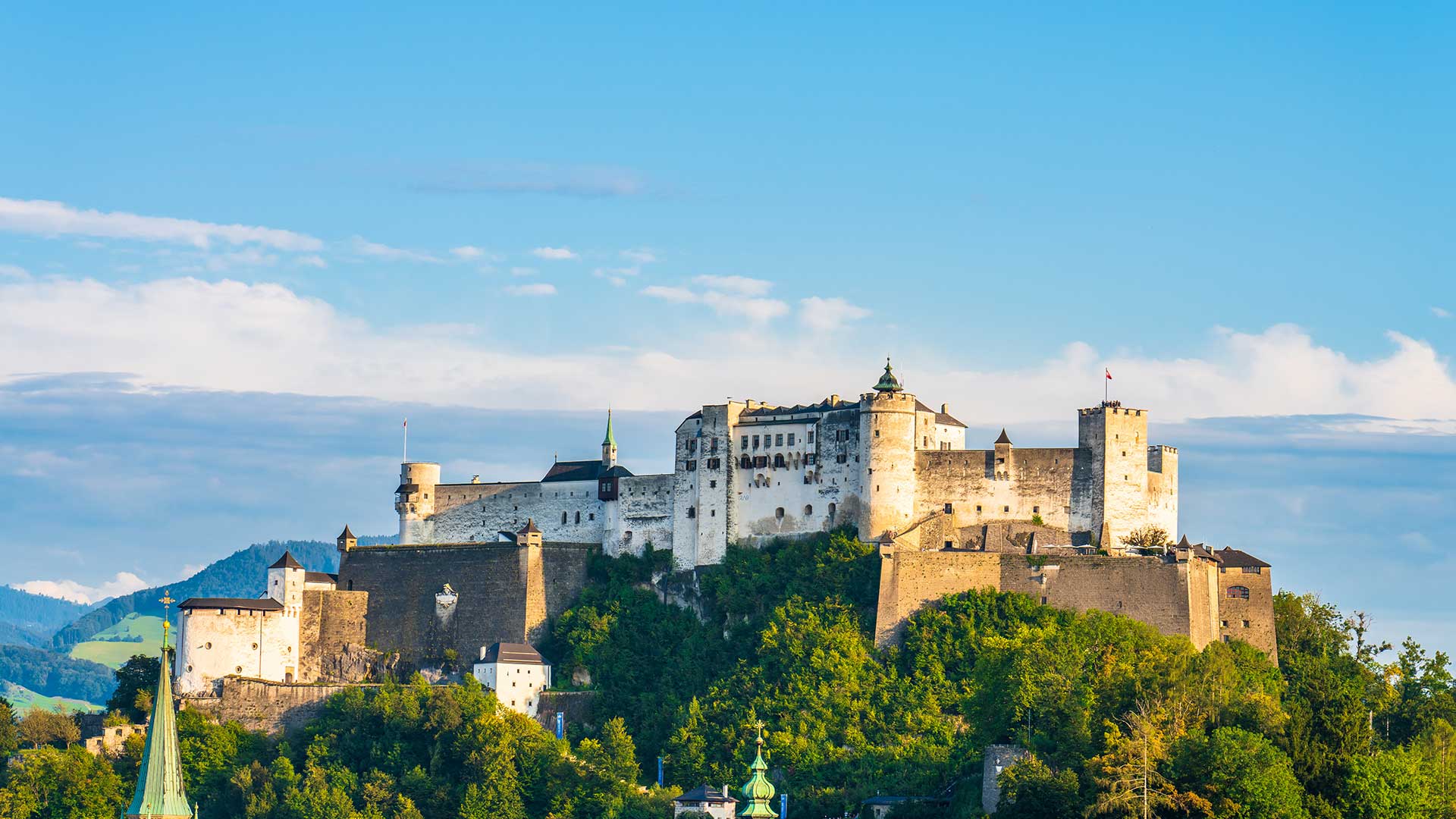
Music lovers, you’re in the right place. Mozart’s birthplace on Getreidegasse Street showcases the prodigy’s childhood instruments, while evening concerts fill baroque churches with the sounds that have made Salzburg infamous.
Film fans can tick off The Sound of Music filming locations throughout the city. The Mirabell Palace and Gardens, where Maria and the children danced through “Do-Re-Me,” bloom in geometric patterns. The wedding church in the nearby town of Mondsee and the famous gazebo at Hellbrunn Palace complete the cinematic pilgrimage.
You can climb the Mönchsberg hill to the Museum of Modern Art. The walk takes you through peaceful woodlands with viewing platforms offering different perspectives of the city below.
Stop at the Augustiner Bräu monastery brewery, where beer has flowed since 1621. Grab a ceramic stein, rinse it in the fountain and join locals at communal tables for some of the best beer hall atmosphere.
- Stroll festive lanes on these Alps Christmas market tours with mulled wine in hand
- Related: Best national parks in Europe

3. Innsbruck
Innsbruck – The capital of Tyrol – sits in a valley surrounded by peaks so dramatic they steal your breath. You can explore a medieval old town, then ski down huge mountain ridgelines within 20 minutes.
The Imperial Palace, found in the Altstadt, or the Old Town, charms with its famous Golden Roof – a balcony adorned with 2,657 gilded copper tiles. Emperor Maximilian I had it built to show off, and 500 years later, it’s still working.
The real star of Innsbruck is the Nordkette mountain range, accessed via a funicular and cable cars that whisk you from the city centre up into 2,256 metre (7,401 foot) peaks.
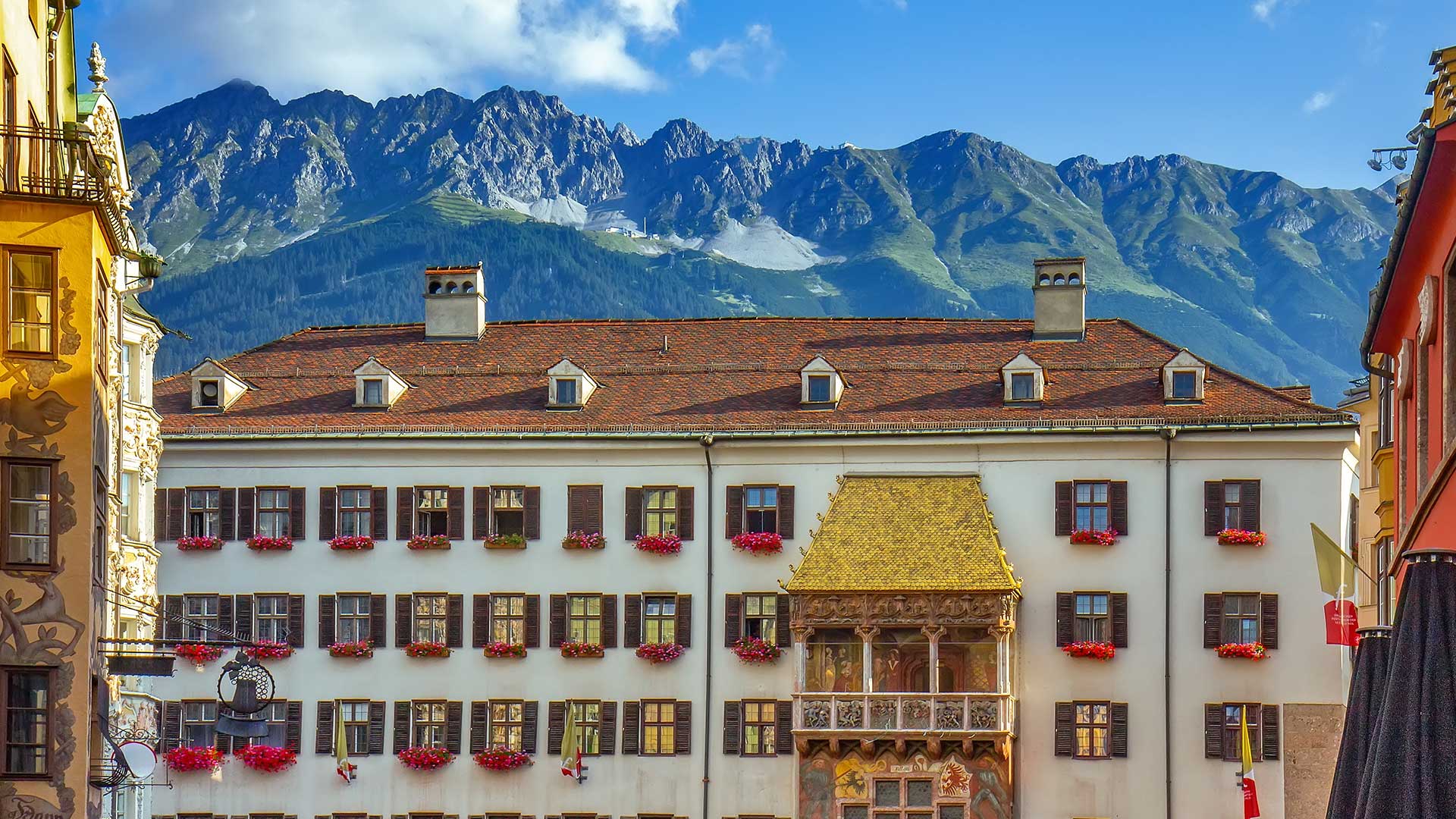
In winter, you’ll find Innsbruck blanketed in snow, its streets hushed and magical. When summer arrives, hiking trails lead you through alpine meadows filled with wildflowers, with views from the Nordkette.
Innsbruck hosted the Winter Olympics twice, and the sporting legacy lives on. The Bergisel Ski Jump, designed by Zaha Hadid, doubles as an architectural landmark and a panoramic terrace. With Olympic ski runs at Patscherkofel and world-class mountain biking trails, you can see that this city takes its outdoor activities seriously.
For an experience only found in Tyrol, visit the Swarovski Crystal Worlds in nearby Wattens. This sparkling wonderland features art installations, gardens and enough crystals to make your eyes water (in a good way).
- Take the wheel and travel at your own pace on these Alps self-drive tours
- Related: Must-see mountains in the Alps

4. Hallstatt
Yes, Hallstatt is ridiculously photogenic. This lakeside village in the Salzkammergut region looks like someone designed the perfect Alpine settlement, then turned the beauty dial to 11. Despite its population of under 800, Hallstatt draws visitors from around the world, and you’ll see why.
The best way to appreciate Hallstatt is to arrive early, before day-trippers flood the narrow lanes. You’ll watch morning mist from Lake Hallstatt, creating an almost mystical atmosphere, with the village’s pastel houses reflected perfectly in still waters. The 12th-century church spire and mountain backdrop complete a scene so idyllic it inspired the Disney film Frozen.
Beyond the photos, you can uncover real history. The Salzwelten salt mine claims to be the world’s oldest, boasting a 7,000-year mining history. Don rubber overalls and slide down wooden chutes that miners have used for centuries.
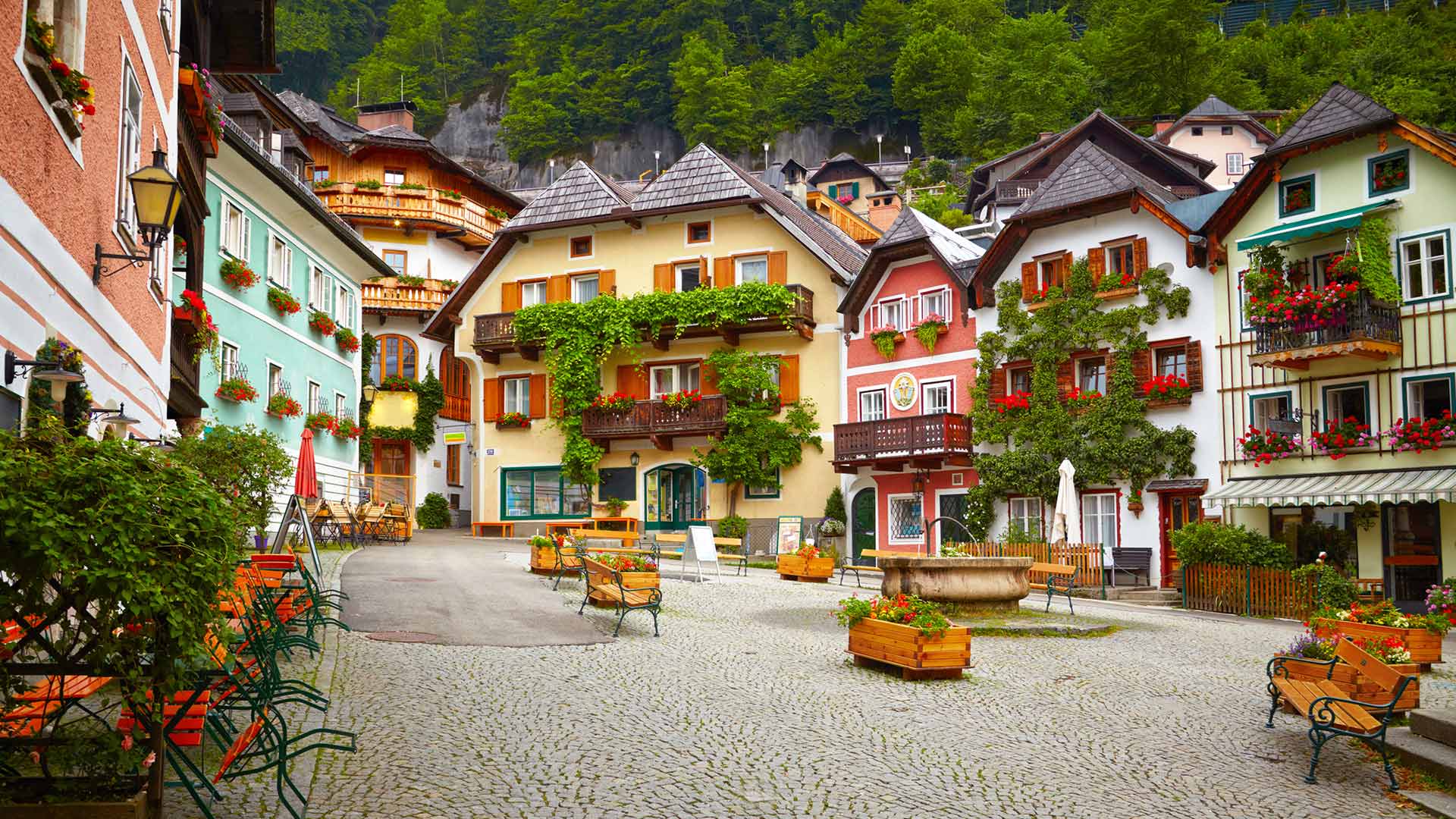
You can also take the funicular up to the Hallstatt Skywalk viewing platform, jutting out 360 metres (1,181 feet) above the village. This “World Heritage View” lives up to its name, especially in autumn when forests burst into golden hues.
For adventure beyond the village, explore the nearby Dachstein Ice Caves. These frosty blue caverns create a magical underground world of ice and frozen waterfalls.
- Board these Central Europe train tours and watch cities roll by in comfort
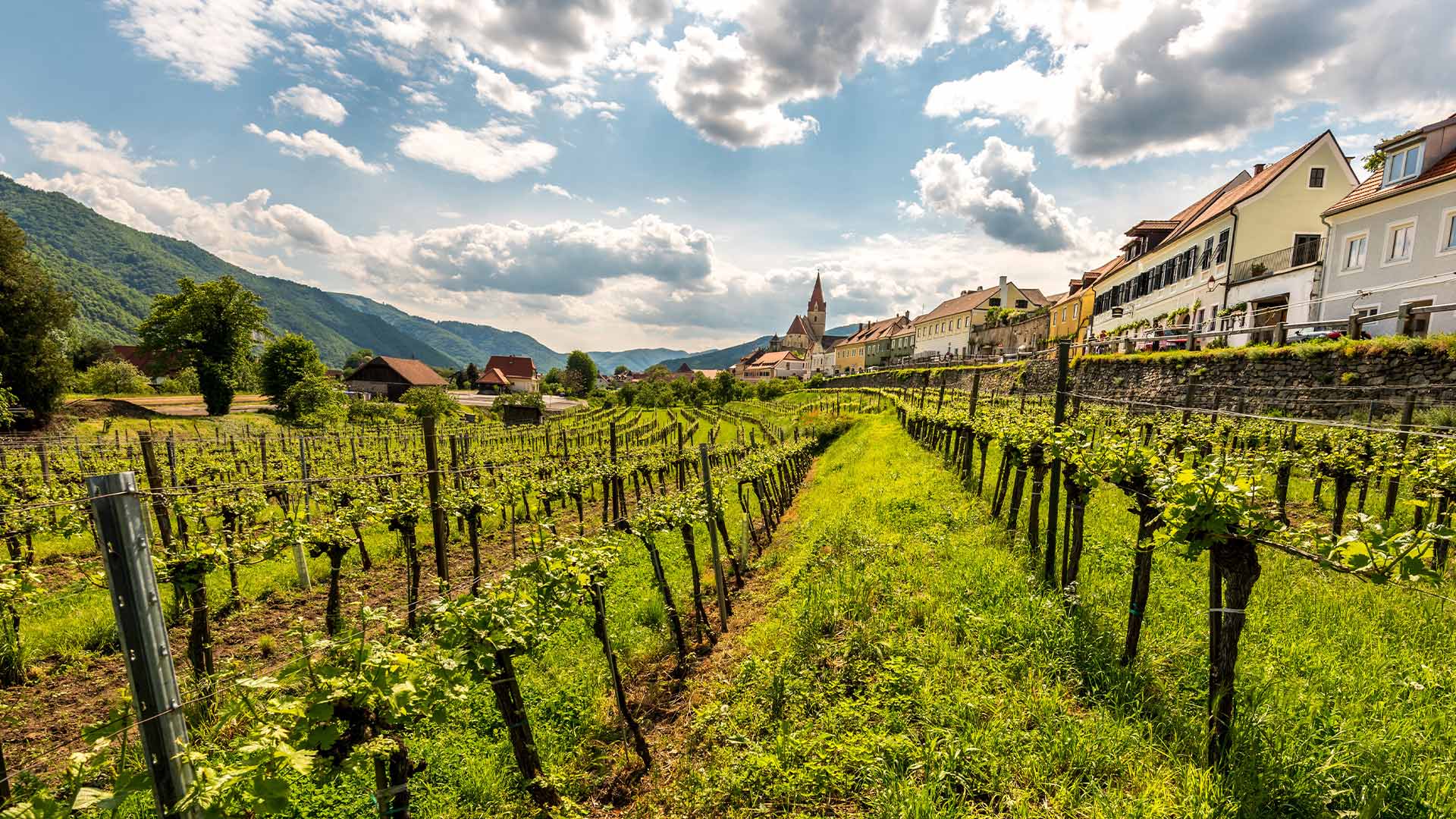
5. Wachau Valley
The Wachau Valley proves that Austria's beauty extends beyond the mountains. This 30-kilometre (18-mile) stretch of the Danube River runs between Melk and Krems. It combines terraced vineyards, medieval towns, and riverside cycling paths into one UNESCO World Heritage package.
Start at Melk Abbey, a baroque masterpiece perched above the Danube on the border of Upper Austria. Gold leaf everywhere, frescoes that make you dizzy, a library that smells deliciously of old paper. The Abbey’s terrace offers views over the river that explain why monks chose this spot 900 years ago.
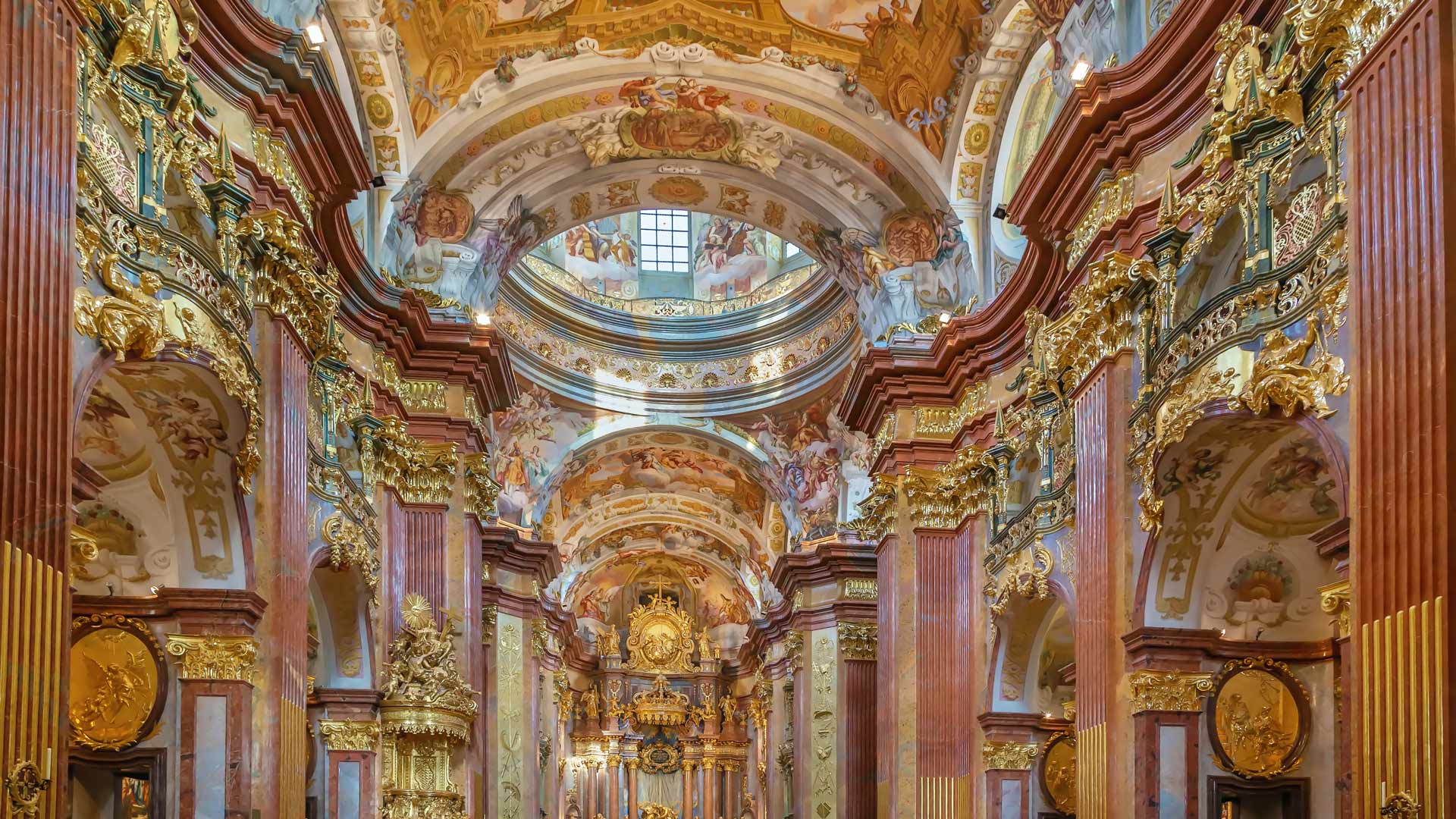
The valley’s real charm comes from exploring its wine villages. Hop on a bike and follow the Danube Cycle Path through Spitz, Weissenkirchen and Dürnstein. Each village offers wine tastings in cellars that have been around for centuries. Try the local Grüner Veltliner and Riesling – they taste exactly like this place, shaped by steep terraces, river breezes and ancient soils.
Dürnstein is worth a proper stop. This small town packs serious history into its powder-blue abbey and castle ruins. Richard the Lionheart was even imprisoned in the castle in 1192 during the Crusades. The climb up to the ruins isn't exactly gentle, but the valley views from the top? Worth every huff and puff.
- Chase snowflakes on a winter tour of the Alps that's full of seasonal magic
- Related: Amazing Europe itinerary ideas
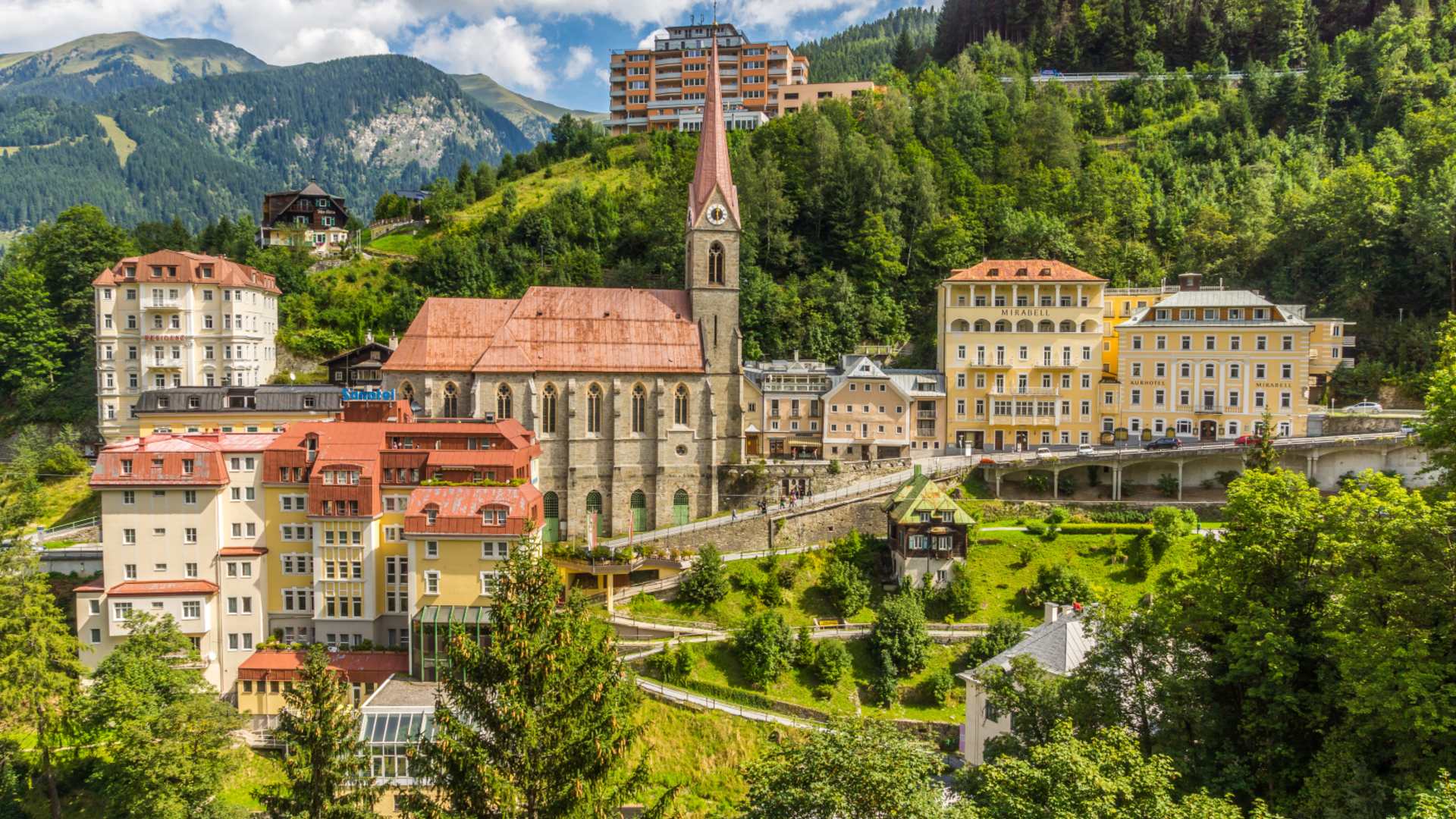
6. Bad Gastein
Bad Gastein isn't your typical Austrian mountain town. This hidden gem in the Hohe Tauern mountains mixes Belle Époque grandeur with serious outdoor credentials. Grand hotels from the 1900s cling to steep mountainsides, while a 341-metre (1118-foot) waterfall thunders through the town centre.
Here, you can soak in the thermal pools at Felsentherme spa complex – both indoor and outdoor – while taking in mountain views.
The Gastein Healing Gallery is the town’s quirkiest attraction. These old mine tunnels have been turned into a health treatment where you sit in the warm, humid air and breathe in naturally occurring radon. Yes, it sounds strange, but locals and regular visitors are convinced it helps with everything from arthritis to allergies.
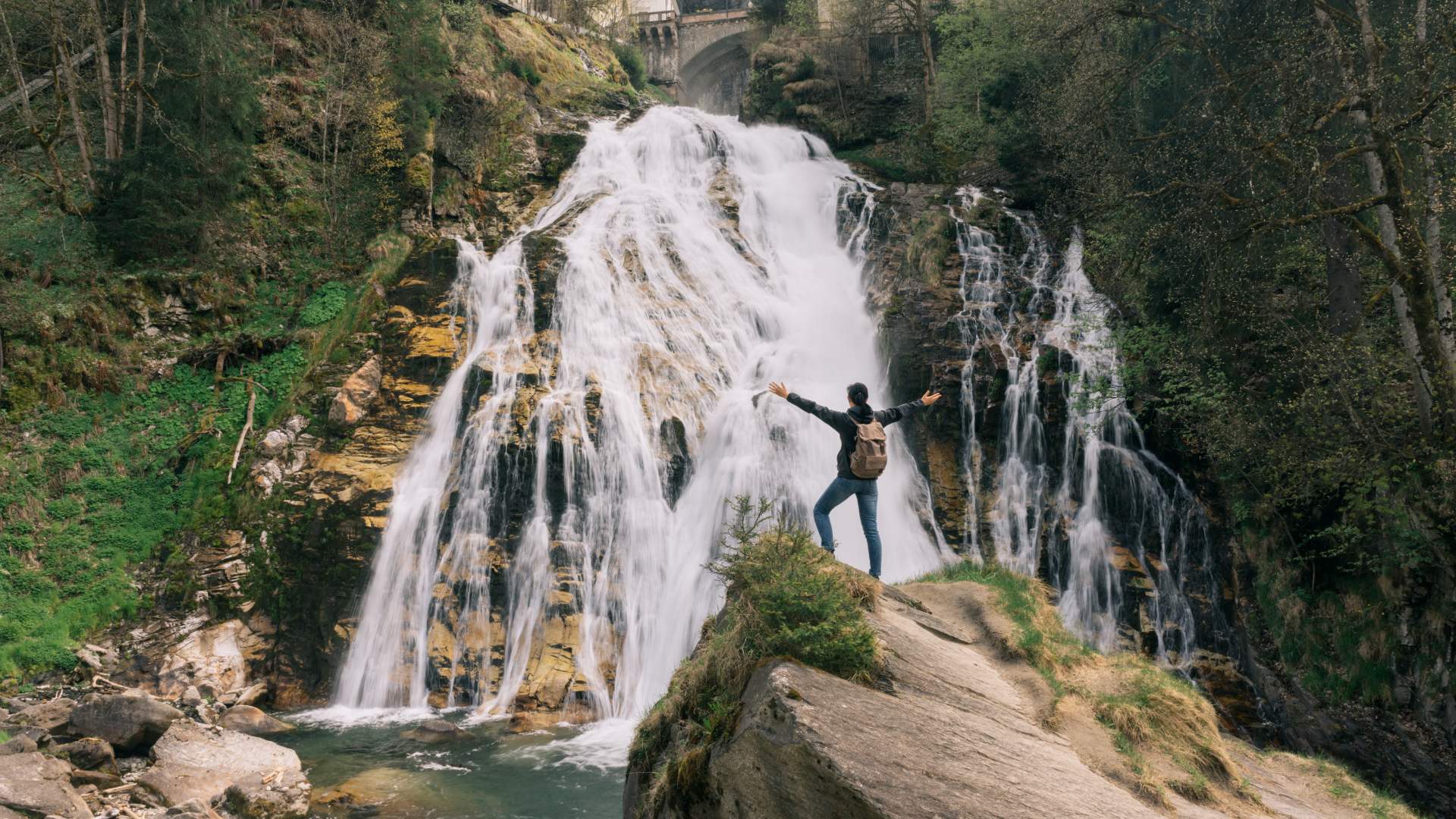
Winter transforms Bad Gastein into a snow globe. The mountains surrounding the town sparkle under fresh powder, and you can take in sweeping views from the Stubnerkogel suspension bridge. Cosy cafés and spa complexes make it easy to warm up after exploring the crisp alpine air.
In summer, you can access hiking trails that lead through the Hohe Tauern National Park to alpine lakes and mountain huts serving hearty Austrian fare. Mountain biking has exploded here recently, with new trails making the most of the dramatic terrain.
- Discover more Alpine destinations on these popular Alps tours
- Related: Best road trips in Europe
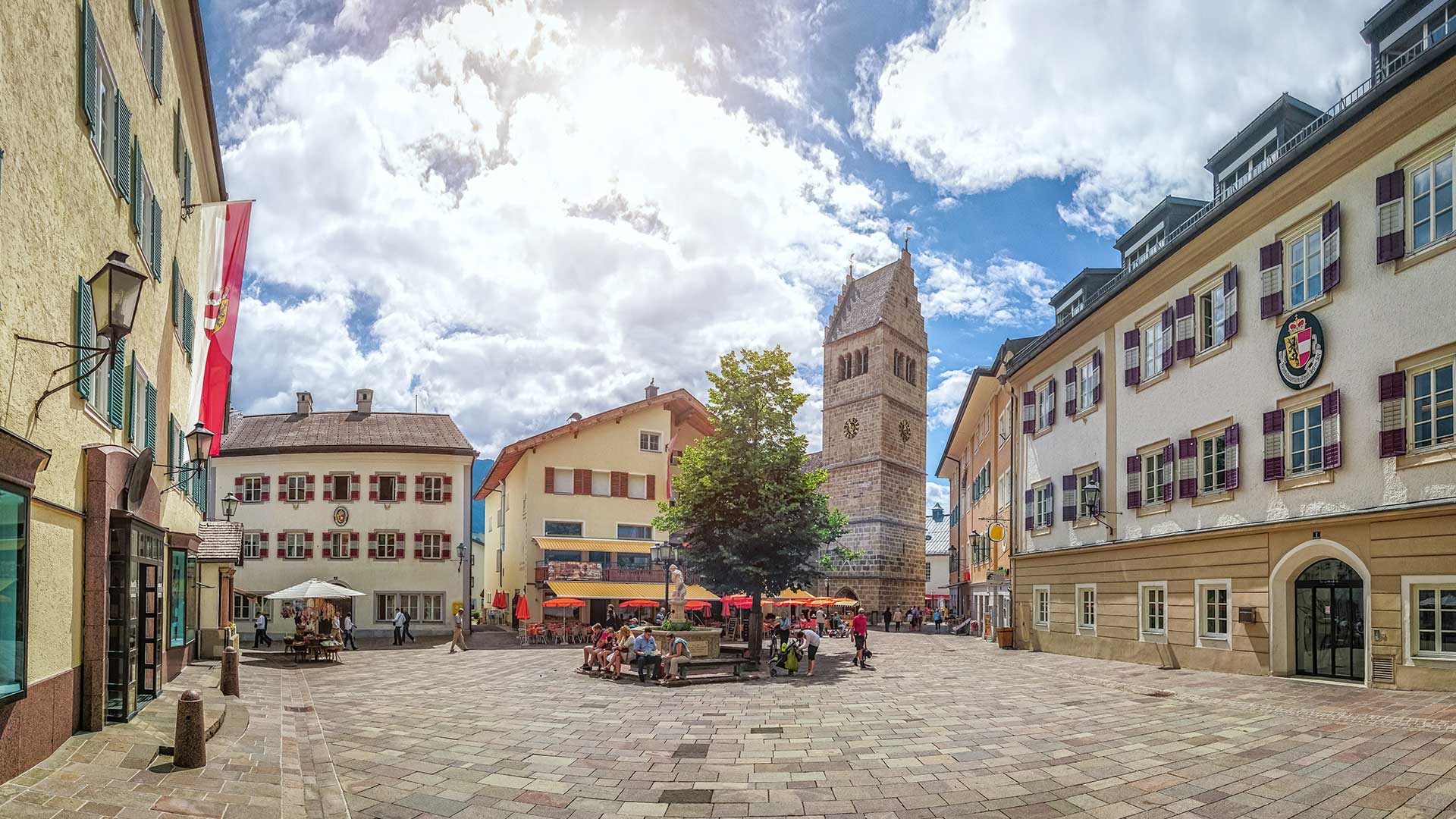
7. Zell am See
This lakeside resort town sits between crystal-clear Lake Zell and the glaciated peaks of the Hohe Tauern range. Whether you visit in summer or winter, outdoor adventures await in Zell am See.
Lake Zell forms the town's centrepiece, its pristine waters earning regular Blue Flag status. You could swim, sail or try paddleboarding in its clear waters on a summer’s day. A lakeside promenade offers gentle strolls with Alpine scenery in every direction. When winter freezes the lake solid enough, you can try ice skating under the stars.
Take the cable car up Schmittenhöhe mountain, which rises straight from the town. In summer, hiking trails and mountain biking routes lead you through wildflower meadows. For a real thrill, picture yourself paragliding over the lake with the Hohe Tauern peaks on the horizon.
The famous Grossglockner High Alpine Road starts near Zell am See, winding through some of Austria's most dramatic mountain scenery. Day trips from this region might include the thundering Krimml Waterfalls (Europe's highest) or glacier hiking in the Kaprun valley.
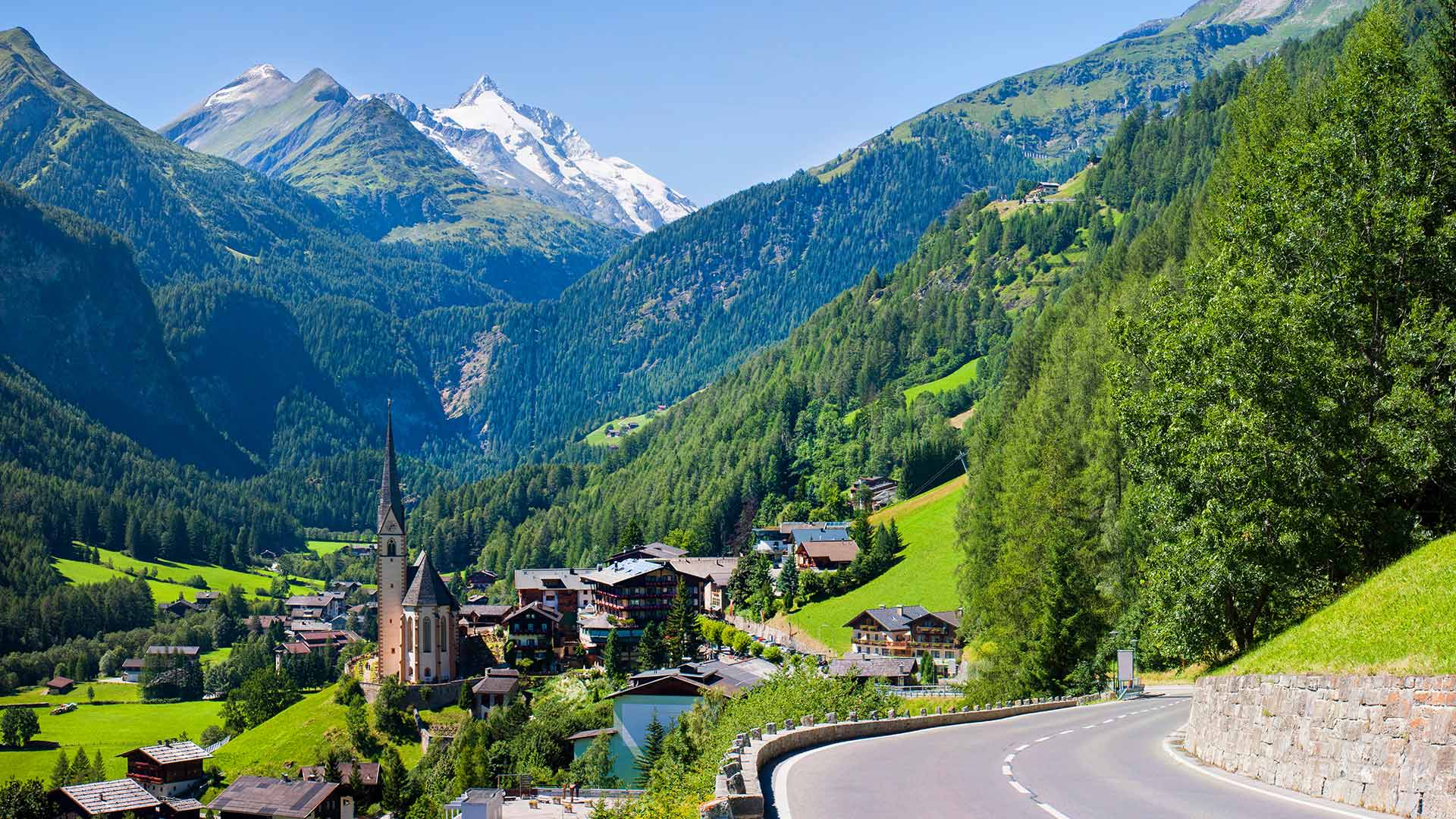
Make the most of your Austrian getaway
Austria rewards those who dig deeper. Yes, photograph Hallstatt at sunrise and tour Schönbrunn Palace, but also seek out the experiences that don't make it onto postcards.
Chat with locals in mountain huts over apricot schnapps. Take wrong turns in Vienna that lead to hidden courtyards. Or even swim in an Alpine lake so cold it makes you gasp.
Nordic Visitor's expertly planned tours take the stress out of travel planning, ensuring you experience the very best of Austria.
Join a small group tour with a knowledgeable local guide and up to 15 like-minded explorers. Set your own pace on a self-drive adventure with hand-marked maps and 24/7 support. Or, travel via train tours to explore both vibrant cities and stunning Alpine landscapes.
Whatever your style, we'll help you discover why Austria continues to captivate travellers year after year.
Get in touch to start planning your Austria tour with one of our travel experts.
